Filter by
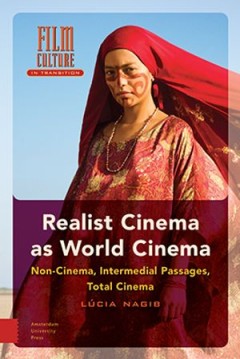
Realist Cinema as World Cinema: Non-cinema, Intermedial Passages, Total Cinema
This book presents the bold and original proposal to replace the general appellation of 'world cinema' with the more substantive concept of 'realist cinema'. Veering away from the usual focus on modes of reception and spectatorship, it locates instead cinematic realism in the way films are made. The volume is structured across three innovative categories of realist modes of production: 'non-cin…
- Edition
- -
- ISBN/ISSN
- 9789048539215
- Collation
- -
- Series Title
- -
- Call Number
- 777
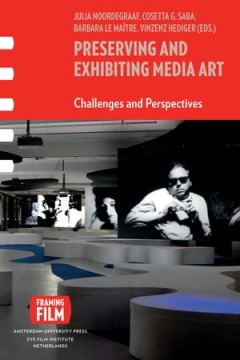
Preserving and Exhibiting Media Art: Challenges and Perspectives
This important and first-of-its-kind collection addresses the emerging challenges in the field of media art preservation and exhibition, providing an outline for the training of professionals in this field. Since the emergence of time-based media such as film, video and digital technology, artists have used them to experiment with their potential. The resulting artworks, with their basis in rap…
- Edition
- -
- ISBN/ISSN
- 9789048513833
- Collation
- -
- Series Title
- -
- Call Number
- 700 PRE p
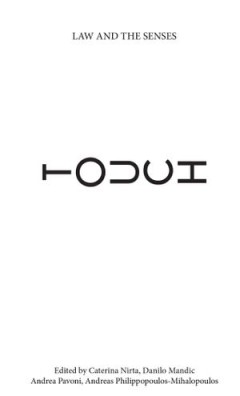
Touch
Described by Aristotle as the most vital of senses, touch contains both the physical and the metaphysical in its ability to express the determination of being. To manifest itself, touch makes a movement outwards, beyond the body, and relies on a specific physical involvement other senses do not require: to touch is already to be active and to activate. This fundamental ontology makes touch th…
- Edition
- -
- ISBN/ISSN
- 9781912656660
- Collation
- -
- Series Title
- -
- Call Number
- 129.6
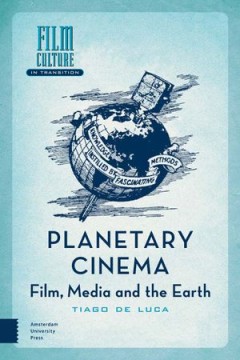
Planetary Cinema: Film, Media and the Earth
The story is now familiar. In the late 1960s humanity finally saw photographic evidence of the Earth in space for the first time. According to this narrative, the impact of such images in the consolidation of a planetary consciousness is yet to be matched. This book tells a different story. It argues that this narrative has failed to account for the vertiginous global imagination underpinning t…
- Edition
- -
- ISBN/ISSN
- 9789048550968
- Collation
- -
- Series Title
- -
- Call Number
- 777 LUC p

The Perpetuation of Site-Specific Installation Artworks in Museums: Staging C…
Site-specific installations are created for specific locations and are usually intended as temporary artworks. The Perpetuation of Site-Specific Installation Artworks in Museums: Staging Contemporary Art shows that these artworks consist of more than a singular manifestation and that their lifespan is often extended. In this book, Tatja Scholte offers an in-depth account of the artistic product…
- Edition
- -
- ISBN/ISSN
- 9789048554546
- Collation
- -
- Series Title
- -
- Call Number
- 708 SCH p
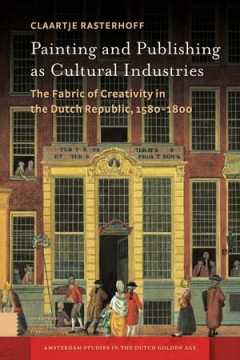
Painting and Publishing as Cultural Industries: The Fabric of Creativity in t…
The Dutch Republic was a cultural powerhouse in the modern era, producing lasting masterpieces in painting and publishing-and in the process transforming those fields from modest trades to booming industries. This book asks the question of how such a small nation could become such a major player in those fields. Claartje Rasterhoff shows how industrial organisations played a role in shaping pat…
- Edition
- -
- ISBN/ISSN
- 9789048524112
- Collation
- -
- Series Title
- -
- Call Number
- 700 RAS p
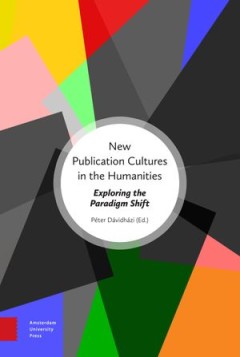
New Publication Cultures in the Humanities: Exploring the Paradigm Shift
The changes we have seen in recent years in the scholarly publishing world - including the growth of digital publishing and changes to the role and strategies of publishers and libraries alike - represent the most dramatic paradigm shift in scholarly communications in centuries. This volume brings together leading scholars from across the humanities to explore that transformation and consider t…
- Edition
- -
- ISBN/ISSN
- 9789048519712
- Collation
- -
- Series Title
- -
- Call Number
- 700 NEW n
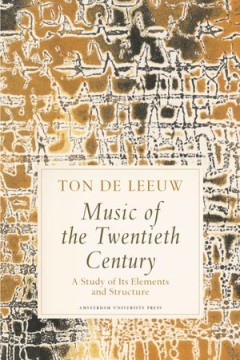
Music of the Twentieth Century
Ton de Leeuw (1926-96) is probably one of the most influential composers at the crossroads between Eastern philosophy and Western technique. A one-time pupil of Olivier Messiaen's in Paris, throughout the latter years of his musical career he concentrated on the marriage of Western emphasis on action and tension, and the ethical function of music in Eastern traditions. The musical world of the …
- Edition
- -
- ISBN/ISSN
- 9789053567654
- Collation
- -
- Series Title
- -
- Call Number
- 780
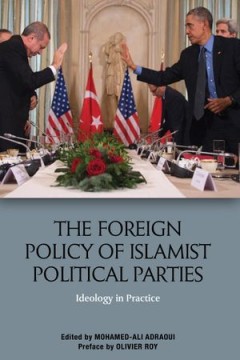
The Foreign Policy of Islamist Political Parties : Ideology in Practice
Asks how representatives of Political Islam are conducting themselves in the field of international politics Includes a Preface by Olivier Roy The first up-to-date, detailed analysis of how Islamist forces in the Middle East try to redefine the relationships of power within the international system post-2010 Looks at how Islamist ideology has evolved in the face of reality (e.g…
- Edition
- -
- ISBN/ISSN
- 978 1 4744 2666 4
- Collation
- -
- Series Title
- -
- Call Number
- 324.2 FOR
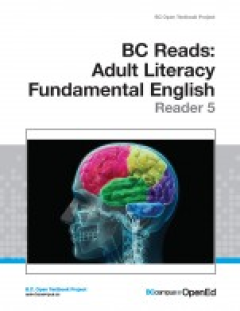
BC Reads: Adult Literacy Fundamental English - Reader 5
This reader contains nine original stories written specifically for adults, and is designed to accompany the BC Reads: Adult Literacy Fundamental English - Course Pack 5. This level 5 reader, one of a series of six readers, is roughly equivalent to grades 6 to 7.5 in the K-12 system.
- Edition
- -
- ISBN/ISSN
- -
- Collation
- -
- Series Title
- -
- Call Number
- 820.7
 Computer Science, Information & General Works
Computer Science, Information & General Works  Philosophy & Psychology
Philosophy & Psychology  Religion
Religion  Social Sciences
Social Sciences  Language
Language  Pure Science
Pure Science  Applied Sciences
Applied Sciences  Art & Recreation
Art & Recreation  Literature
Literature  History & Geography
History & Geography